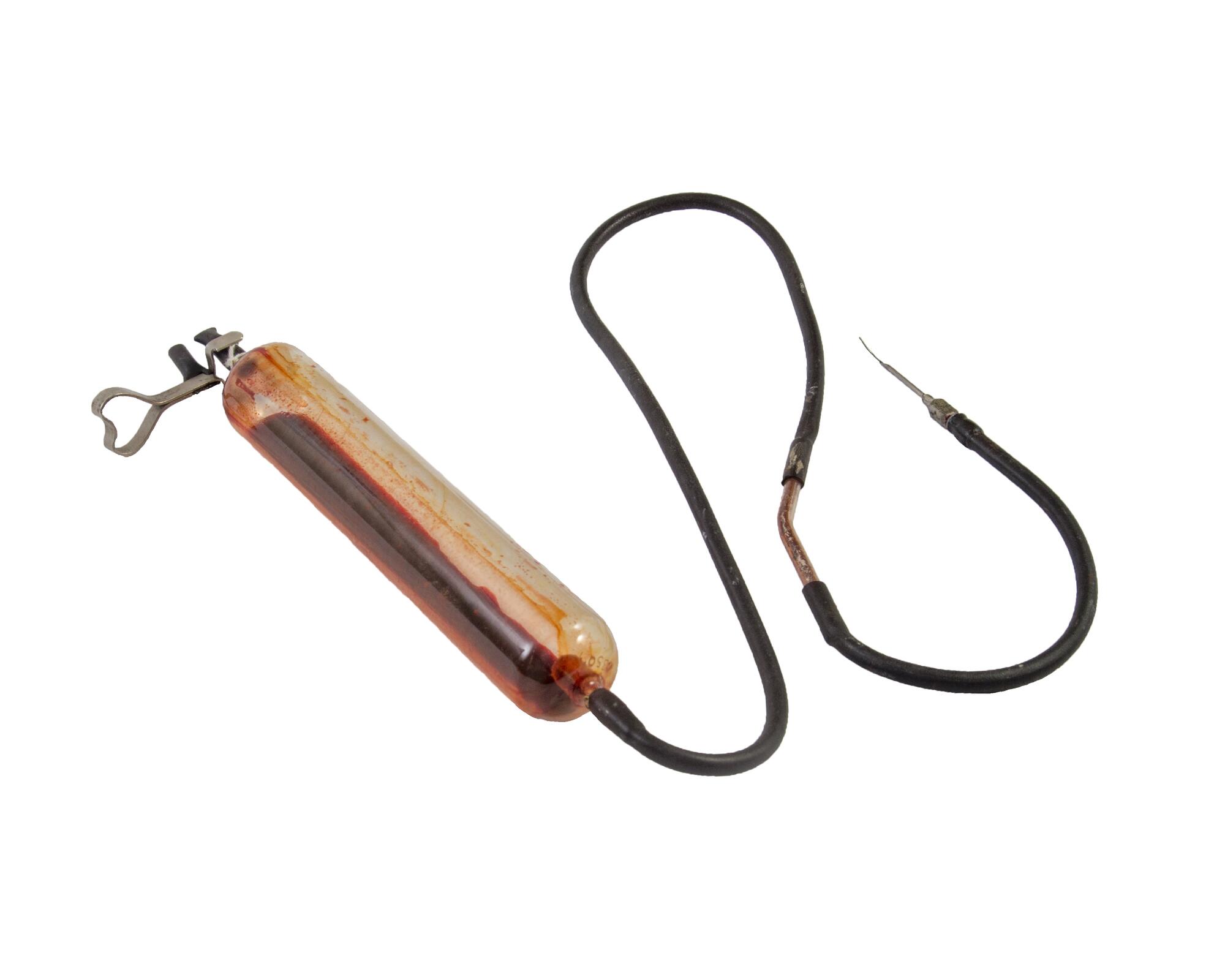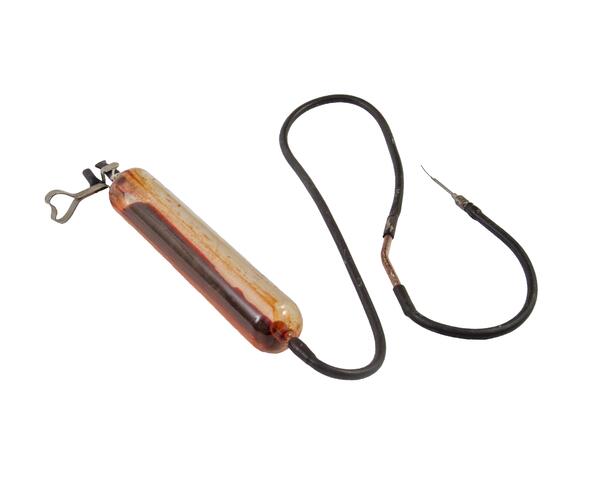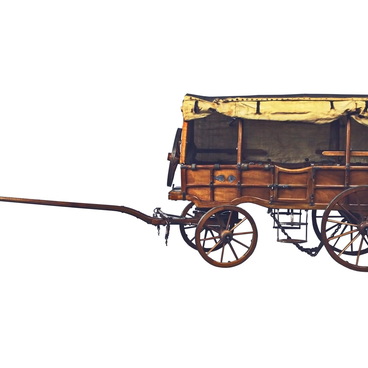People began to study blood circulation processes back in ancient times. Physicians tried to treat various diseases by draining ‘bad blood’ with the use of bloodletting. Also, physicians were looking for ways to infuse patients with ‘fresh’ blood. However, such operations for a long time resulted in medical complications and even death of patients.
In 1667, the physician Jean-Baptiste Denis performed several successful blood transfusions in Paris. He infused patients with animal blood (blood of lambs and rams). Despite the progress, the failure rate remained very high.
The very first blood transfusion from human to human was performed by an Englishman James Blundell in 1819. In order to slow down blood clotting he heated up blood in a special device and injected it very slowly.
A real breakthrough in this field was the discovery made by an Austrian physician Karl Landsteiner. In 1900, he described the first three blood groups and, in 1902, Alfred de Castello and Adriano Sturli added a fourth group to the list.
In Soviet Russia, one of the first people interested in the problems of blood transfusion was a professor of the Military Medical Academy and a surgeon Vladimir Shamov. On June 20, 1919, at the Hospital Surgery Clinic of the Academy, he made the country’s first blood transfusion with due regard to blood types. Shamov was looking for ways to correctly match the donor’s and recipient’s blood and researching the indications and contraindications for transfusion. He stored blood at low temperatures and added anticoagulants, as well as antiseptics to avoid infection.
Shamov described two methods of blood transfusion. In direct transfusion, whole fresh blood was transfused by using special devices from the donor to the recipient without preliminary preparation. This method was found to be inconvenient as the donor and the patient needed to be close to each other during the entire procedure.
For indirect transfusion, the donor’s blood was previously collected into a vessel, where it was mixed with agents that prevented blood clotting. Then preservatives were added to save it until the start of the procedure. Such blood could already be transported in sealed ampoules over long distances. When transfusing preserved blood, a rubber tube with a needle was set on the end of the ampoule. The needle was inserted into the artery on the patient’s elbow. The ampoule was connected by a system of tubes to a manometer (a device for measuring pressure) and a rubber bulb. By squeezing the rubber bulb, the physician gradually pumped blood into the patient’s artery.
The exhibition of the Military Medical Museum contains an assembled, that is, ready-to-use ampoule for indirect blood transfusion.


